Meet AirBird. The architect-designed chirping smart sensor.
Inspired by the metaphor of the canary in a coal mine, AirBird’s sensors detect C02 and humidity, and should either build up to unacceptable levels, the bird will chirp, prompting you to open a window
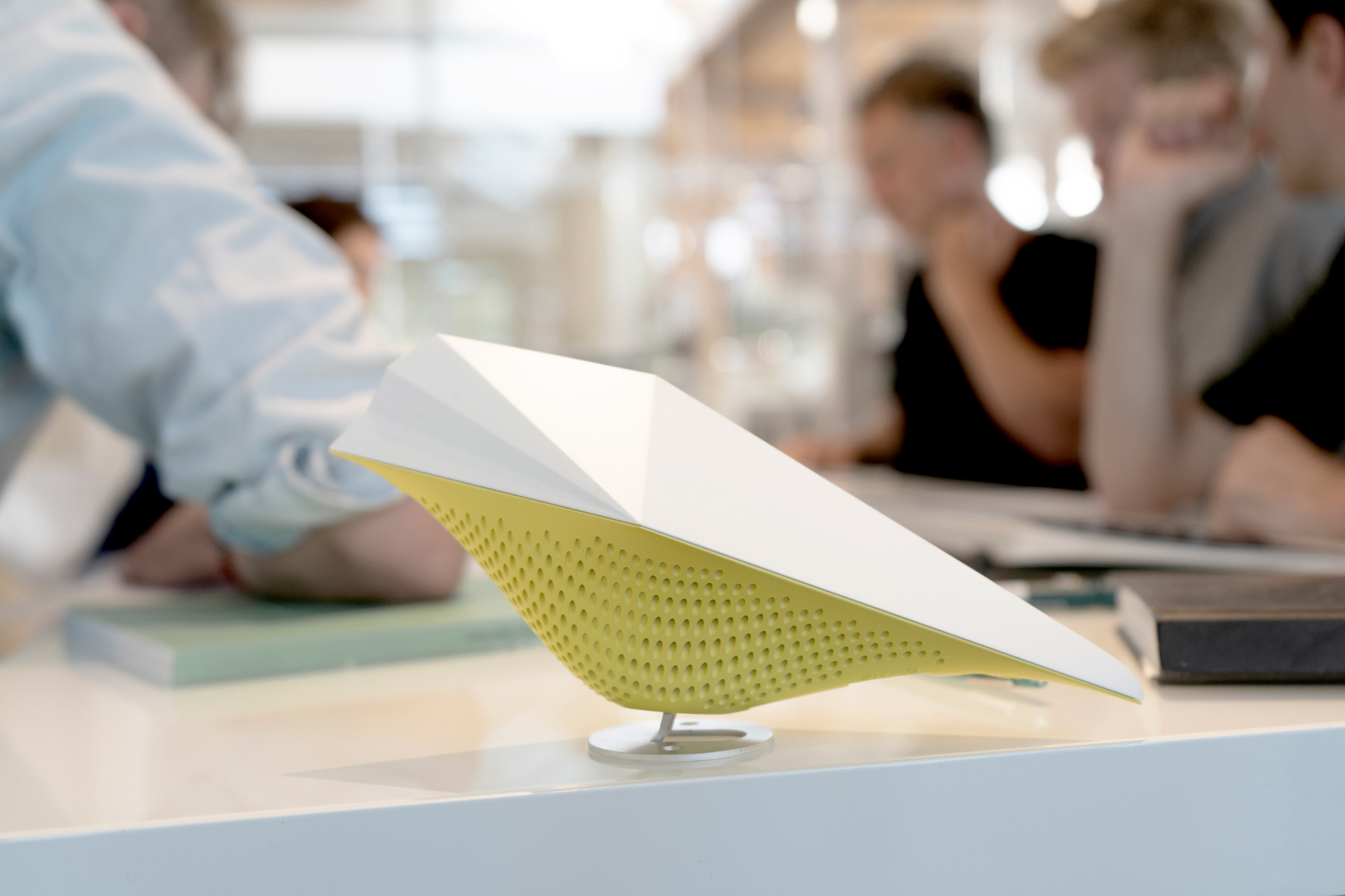
Air quality is something intangible but essential, something we can all agree on but can rarely quantify in a readily available way. The AirBird is a new interior gadget developed by a team of architects, data scientists and a window manufacturer, bringing three sets of specialisms together to create a device for every environment. Described as an ‘indoor climate sensor,’ the AirBird is driven by tech and data analysis from Danish studio Leapcraft, with a playful form shaped by GXN, the ‘innovation unit’ spin-off of award-winning Danish architects 3XN. Finally, the window specialists VELUX have pitched in their manufacturing expertise.
GXN has a track record of side missions to 3XN’s core projects, which include Copenhagen’s Blue Planet National Aquarium and Olympic House, the headquarters of the IOC in Lausanne, and our very own Hygge Christmas Market Pavilion in Kings Cross in 2016. GXN undertakes designs for digital systems, mapping user behaviour and studying materials, new technologies and the most sustainable approach to shaping and running a new building. AirBird is essentially a C02 sensor, an increasingly useful device that is hooked up to an app and constantly monitors the levels of C02 in your home, office or classroom. Using the grotesquely rudimentary but extremely effective metaphor of the canary in the coalmine, AirBird’s fate is less grim. Sensors detect C02 and humidity, and should either build up to unacceptable levels, the bird will chirp and flash a light, prompting you to open a window. This is no canary, but a rather more elegant and abstract origami-style bird form that’s designed to be wall-mounted or sat on a shelf.
Over the years, GXN’s research points to the fast-expanding role of live data in changing user behaviour. The simple feedback loop created by the AirBird is designed to make all the difference in productivity and general well-being, inspiring and encouraging us to make small but vital improvements to our day to day environment. A classic piece of ‘nudge design’, the arrival of a flock of AirBirds should herald a true breath of fresh air.
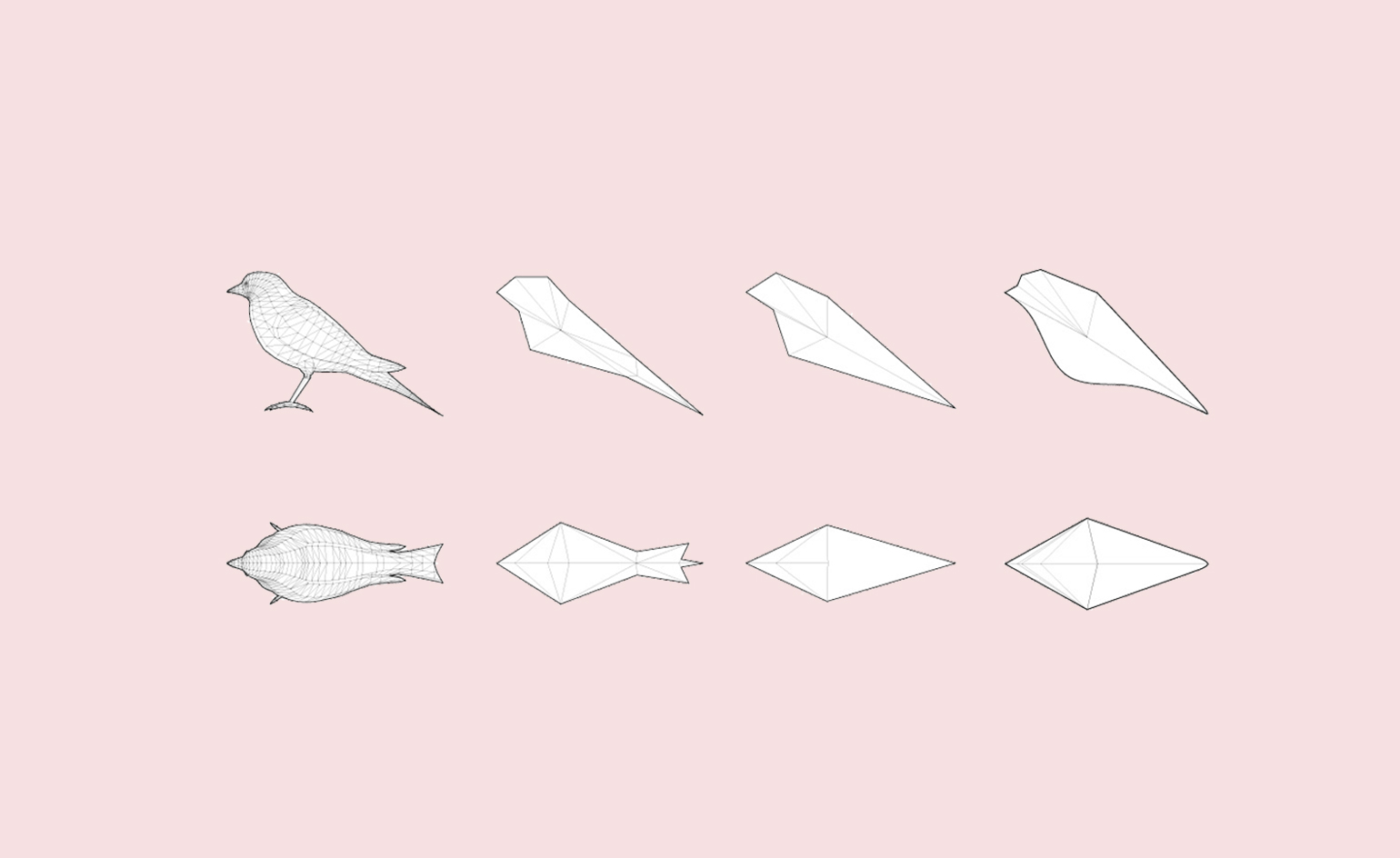
The evolution of AirBird

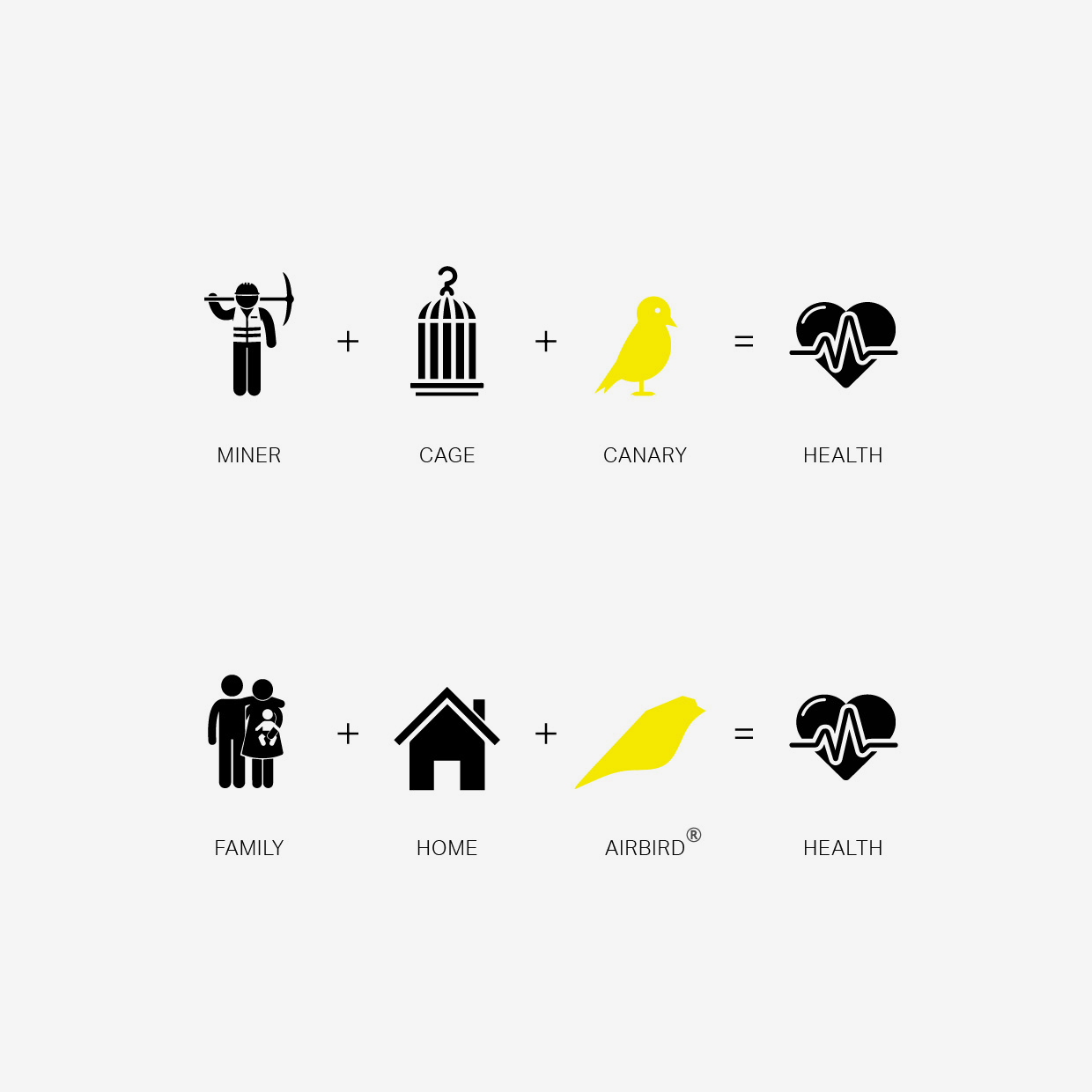
References for AirBird
INFORMATION
gxn.3xn.com
leapcraft.dk
velux.com
getairbird.com
Receive our daily digest of inspiration, escapism and design stories from around the world direct to your inbox.
Jonathan Bell has written for Wallpaper* magazine since 1999, covering everything from architecture and transport design to books, tech and graphic design. He is now the magazine’s Transport and Technology Editor. Jonathan has written and edited 15 books, including Concept Car Design, 21st Century House, and The New Modern House. He is also the host of Wallpaper’s first podcast.
-
 Can the film 'Peter Hujar's Day' capture the essence of the elusive artist?
Can the film 'Peter Hujar's Day' capture the essence of the elusive artist?Filmmaker Ira Sachs and actor Ben Whishaw bring Peter Hujar back to the front of the cultural consciousness
-
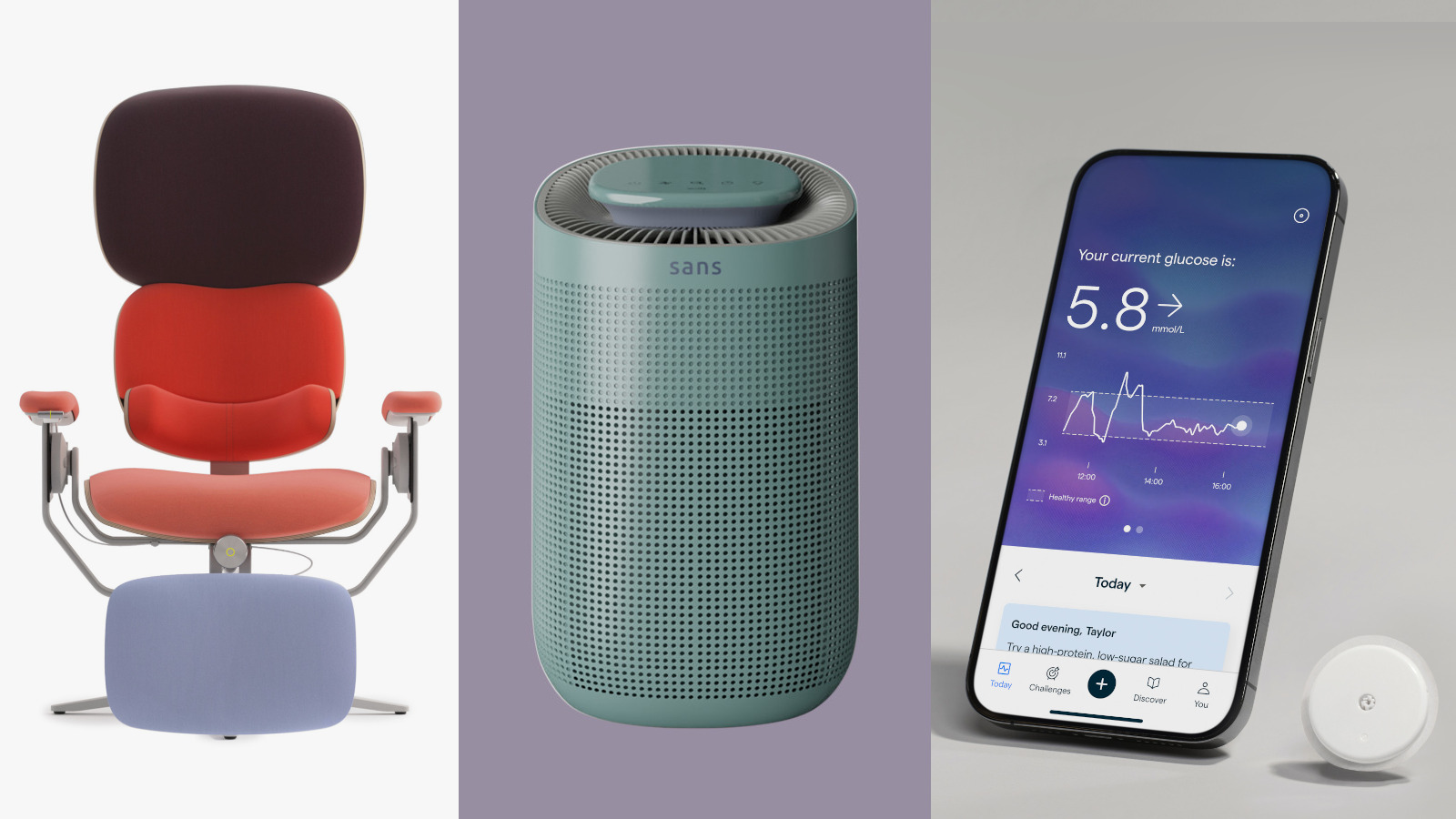 New tech dedicated to home health, personal wellness and mapping your metrics
New tech dedicated to home health, personal wellness and mapping your metricsWe round up the latest offerings in the smart health scene, from trackers for every conceivable metric from sugar to sleep, through to therapeutic furniture and ultra intelligent toothbrushes
-
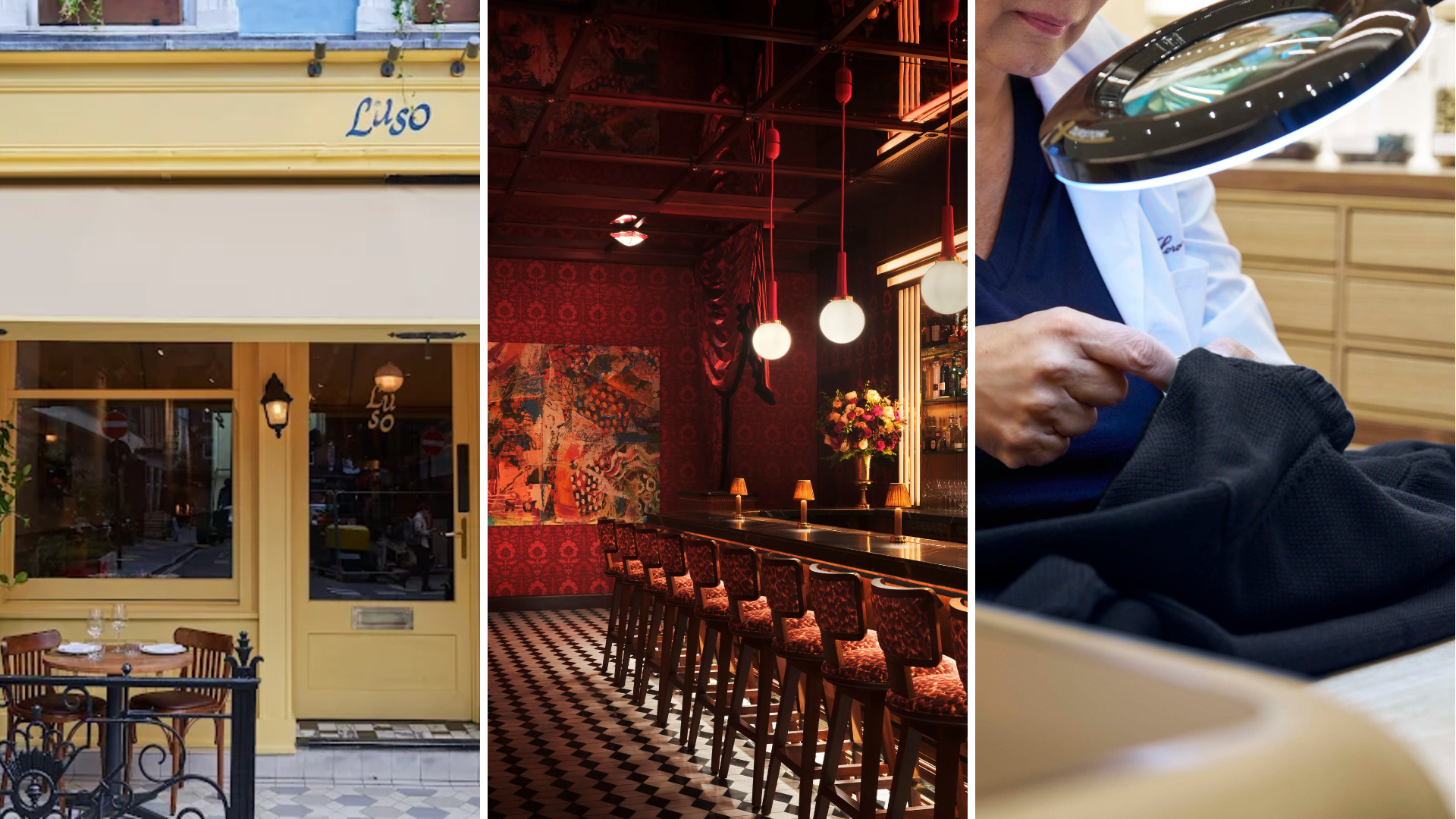 Out of office: The Wallpaper* editors’ picks of the week
Out of office: The Wallpaper* editors’ picks of the week'Tis the season for eating and drinking, and the Wallpaper* team embraced it wholeheartedly this week. Elsewhere: the best spot in Milan for clothing repairs and outdoor swimming in December
-
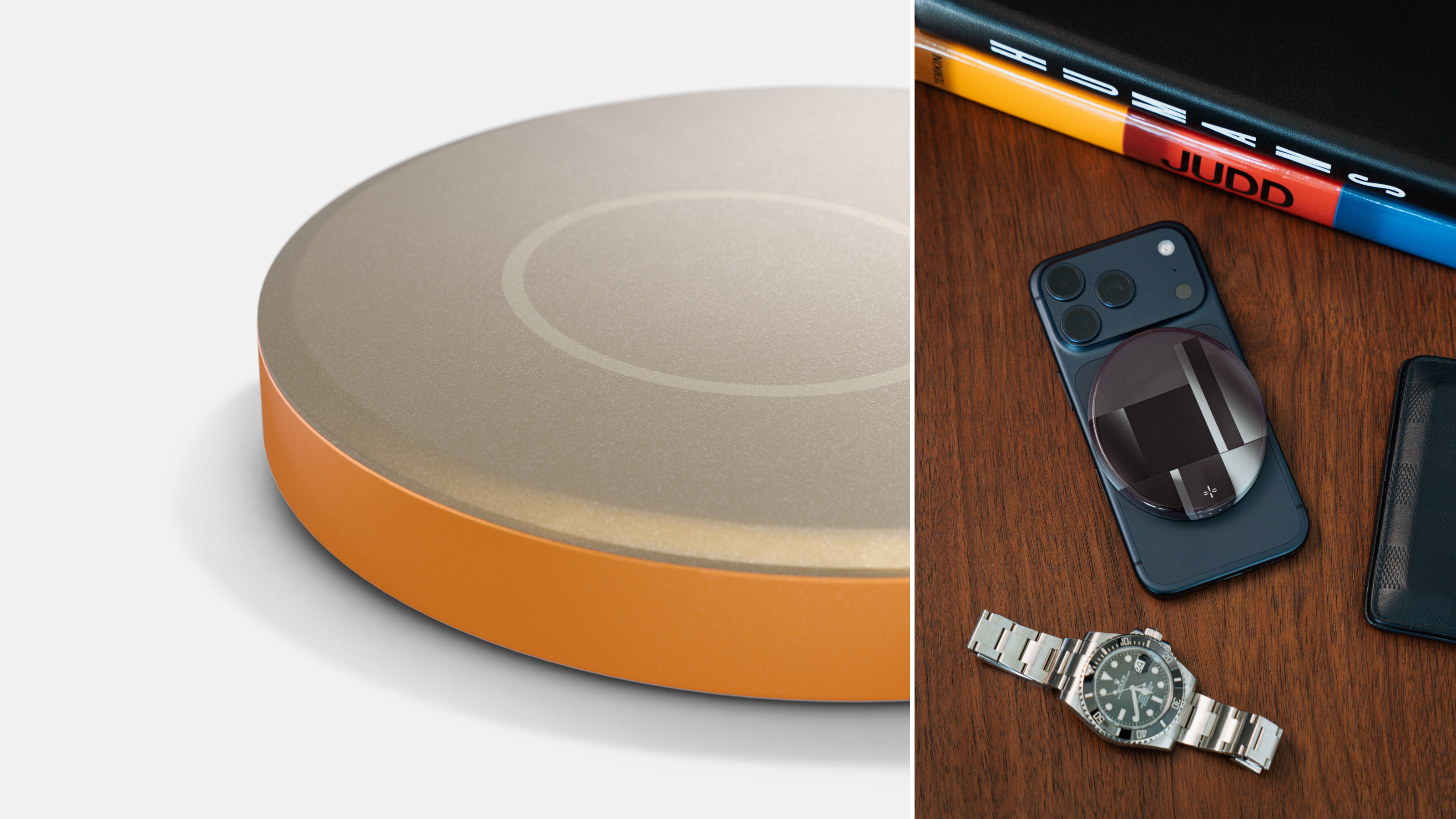 Inspired by a pebble, the stylish new Alma charger provides pocketable convenience
Inspired by a pebble, the stylish new Alma charger provides pocketable convenienceWhat if technology could quietly allay anxiety and not cause it? That’s the pitch behind new luxury accessories company Addition, starting with its new Alma wireless charger
-
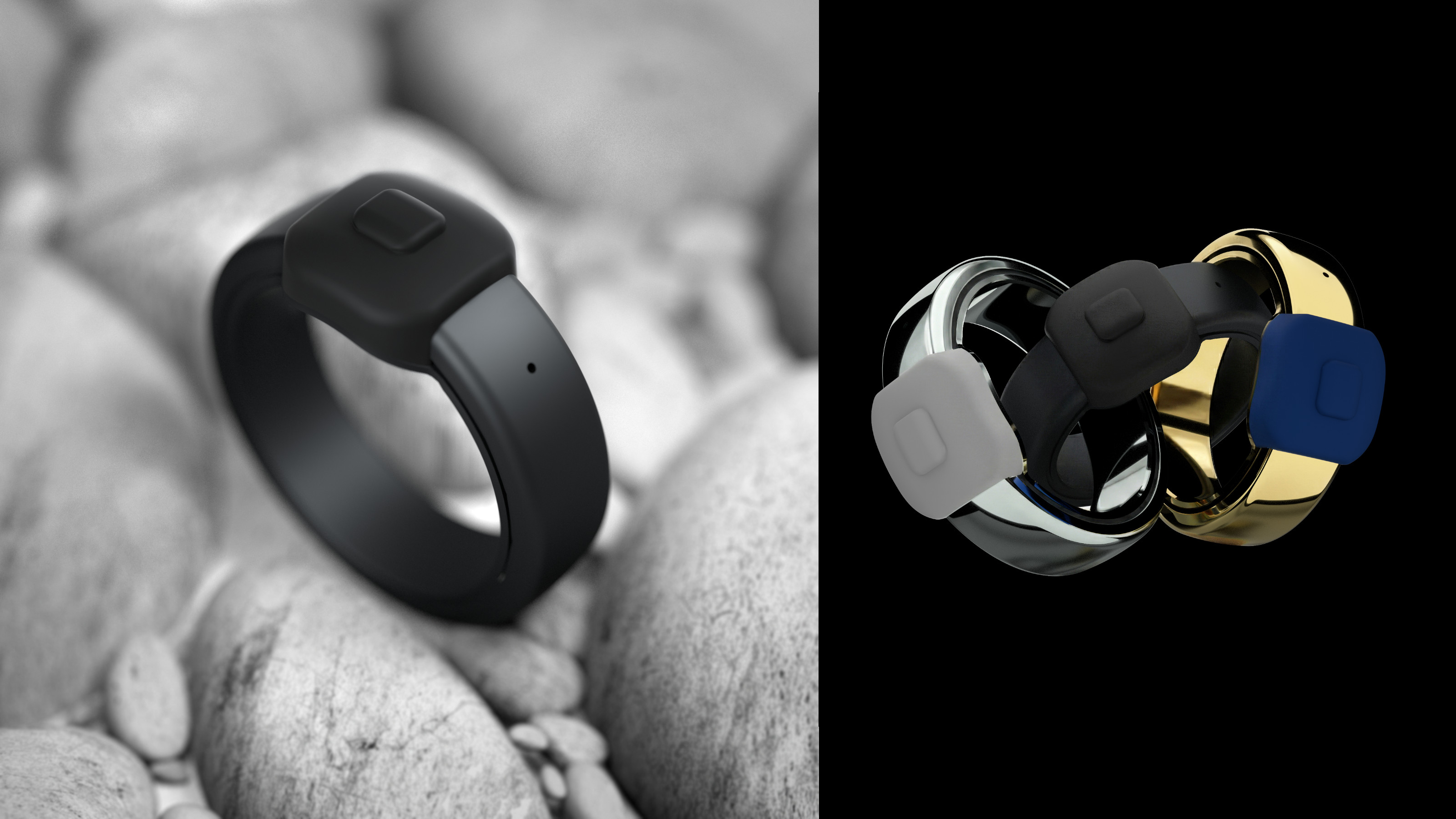 The ring’s the thing as Pebble launches a discreet device for memo-taking, Index Ring 01
The ring’s the thing as Pebble launches a discreet device for memo-taking, Index Ring 01A tiny device with a singular purpose but limitless applications, the Pebble Index 01 is a customisable smart ring for turning mental notes into text
-
 Tech gift ideas: Wallpaper’s Jonathan Bell lists 12 devices to desire this festive season
Tech gift ideas: Wallpaper’s Jonathan Bell lists 12 devices to desire this festive seasonTechnology editor Jonathan Bell delves into the best new releases and most giftable gadgets from 2025, offering up personal favourites as well as a few big hints
-
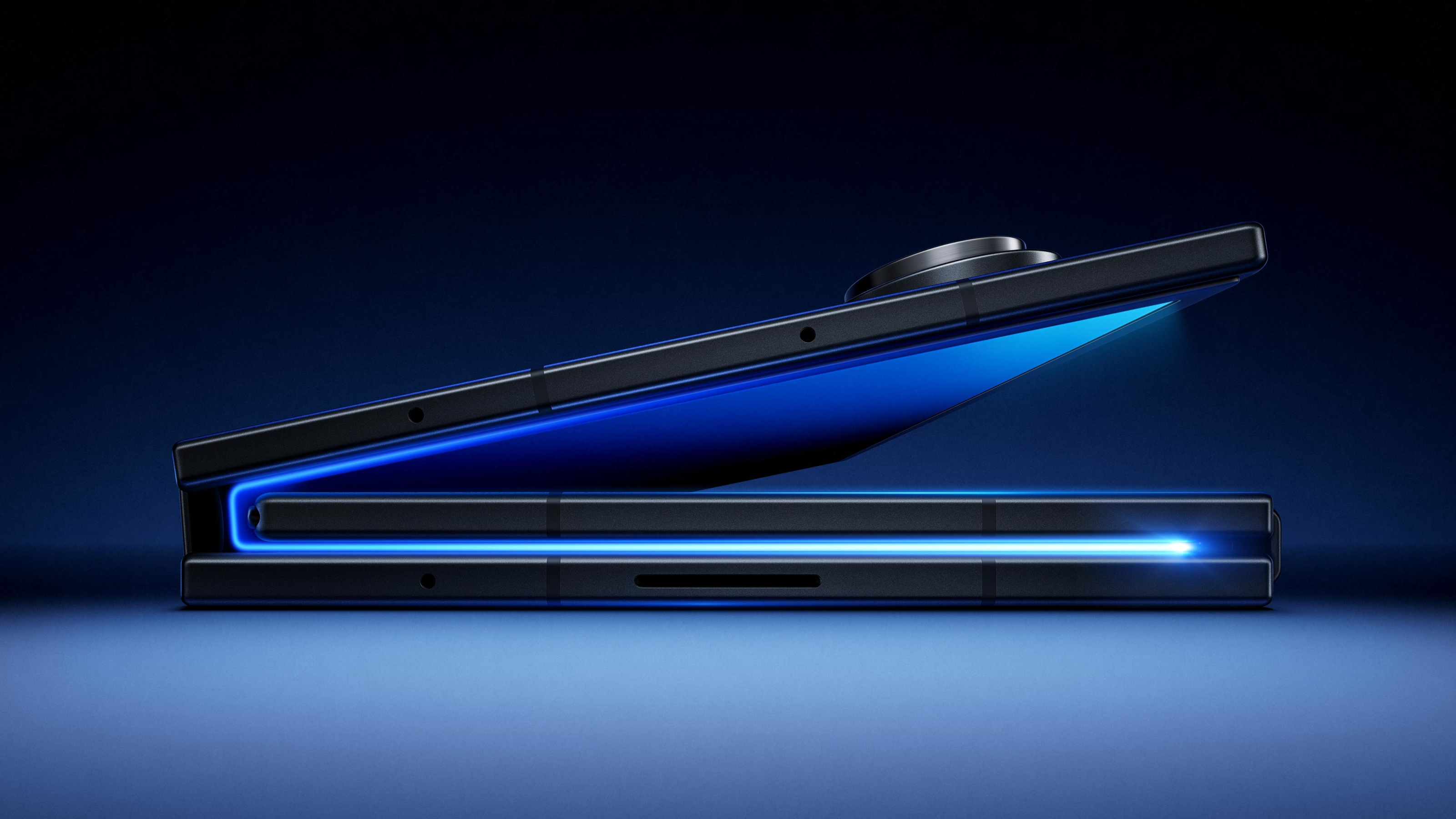 Samsung Galaxy Z TriFold is a pocket tablet that takes folding screens to new extremes
Samsung Galaxy Z TriFold is a pocket tablet that takes folding screens to new extremesSamsung has announced its newest flagship device, the Galaxy Z TriFold. Featuring three folding screens, this ultimate smartphone can transform into a ten-inch tablet
-
 Four new keyboards are fresh and functional desktop companions
Four new keyboards are fresh and functional desktop companionsMechanical keyboards are all the rage, bringing with them new ways of personalising your desktop. We’ve found four devices that hark back to the early days of computing
-
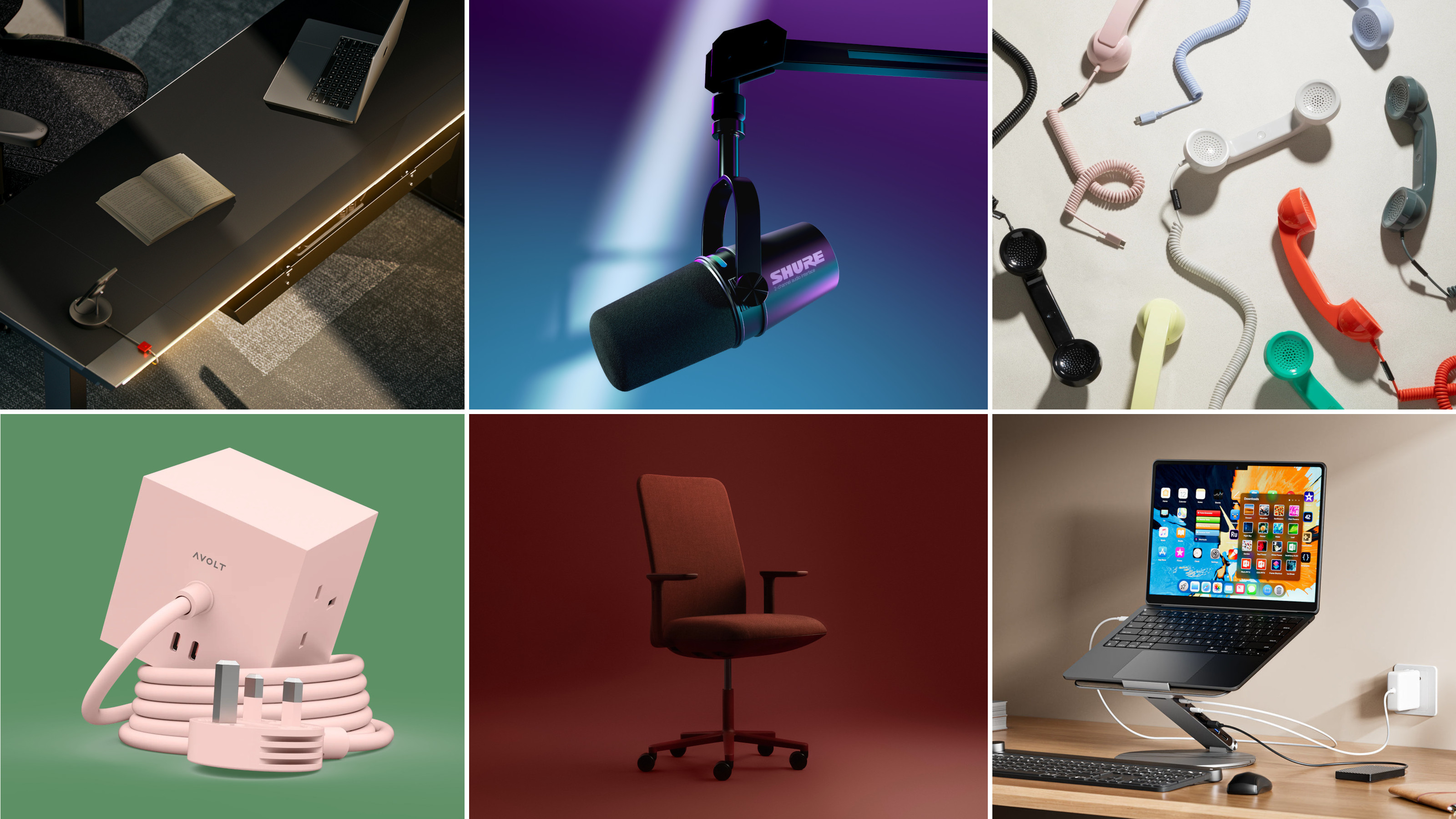 Hunker down in a perfectly equipped work-from-home hub this winter
Hunker down in a perfectly equipped work-from-home hub this winterIf your WFH set-up needs an upgrade, or if you need to kit out a new small business from scratch, we’ve got you covered
-
 New Leica Q3 Monochrom camera sees the world in black and white
New Leica Q3 Monochrom camera sees the world in black and whiteDefined by its crisp 60MP monochrome sensor, the Leica Q3 Monochrom is a camera designed for those who want to focus only on light, shadow and form
-
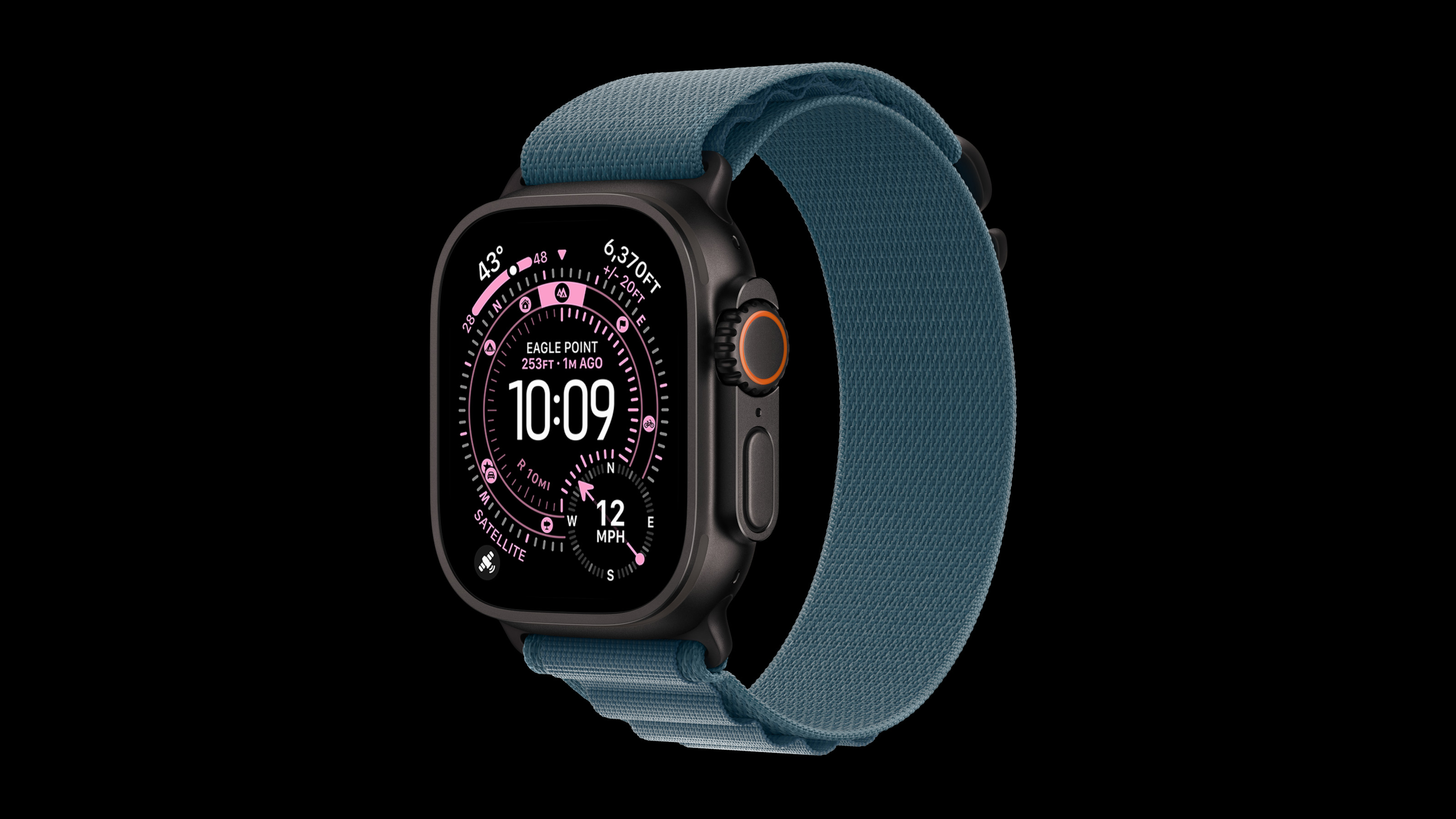 Apple Watch Ultra 3 has innovation at its heart – a 3D-printed titanium case
Apple Watch Ultra 3 has innovation at its heart – a 3D-printed titanium caseWe delve into Apple’s pioneering use of 3D-printed metal, and how it ties in with the company’s path to carbon neutrality